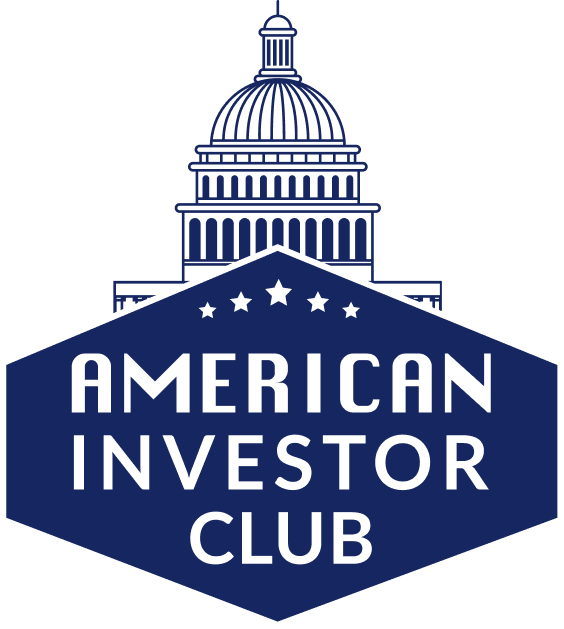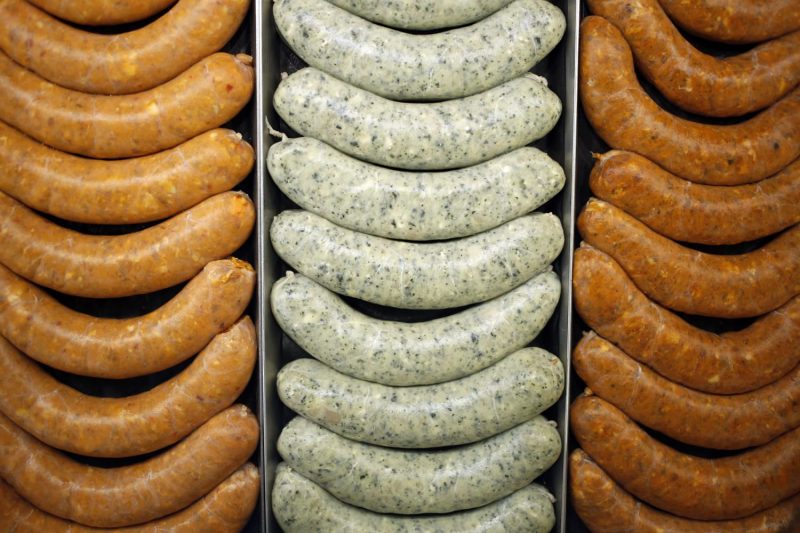Increased Sausage Demand May Be a Red Flag for the Economy, Dallas Fed Survey Says
The recent findings of the Dallas Federal Reserve Bank have made a surprising connection between sausage demand and economic health. According to the survey conducted by the Dallas Fed, a noticeable spike in sausage consumption could be indicative of underlying issues within the economy.
The link between sausage demand and economic performance may seem unconventional at first, but the reasoning behind it offers insights into consumer behavior and spending patterns. Sausage is considered a staple food item in many households, often favored for its affordability and versatility. Therefore, changes in sausage consumption can reflect shifts in consumer preferences and financial situations.
One key factor to consider is the concept of inferior goods, which are products that experience increased demand during economic downturns. These goods typically serve as substitutes for more expensive options, making them more appealing when consumers are faced with financial constraints. Sausage, being a relatively low-cost protein source, falls into this category and may witness heightened demand during times of economic uncertainty.
Furthermore, the correlation between sausage consumption and economic conditions extends beyond individual purchasing decisions. The Dallas Fed survey highlights how fluctuations in sausage demand can signal broader trends in consumer sentiment and overall market performance.
Interestingly, the data suggests that a sudden surge in sausage sales could be a warning sign of looming economic challenges. While increased demand for sausage may initially appear positive for producers, it may also reflect a shift towards cost-cutting measures by consumers. As individuals tighten their budgets and seek out more affordable food options, it may indicate a lack of confidence in the economy’s stability.
In light of these findings, policymakers and analysts are encouraged to pay attention to unconventional indicators, such as sausage demand, as they evaluate economic trends. By recognizing the significance of seemingly unrelated factors, experts can gain a more comprehensive understanding of consumer behavior and economic dynamics.
Overall, the Dallas Fed survey serves as a reminder that economic signals can manifest in unexpected ways. While sausage demand may not be a traditional economic metric, its correlation to broader market conditions underscores the interconnected nature of the economy. As researchers continue to explore unconventional indicators, we may uncover new insights into the complex relationship between consumer behavior and economic well-being.

